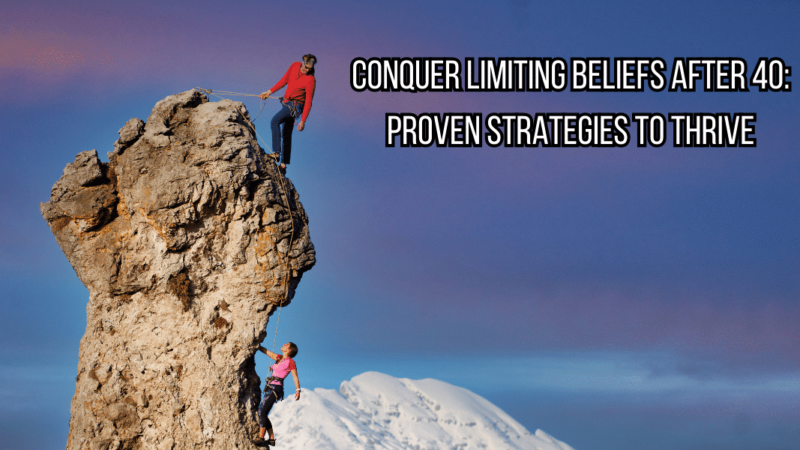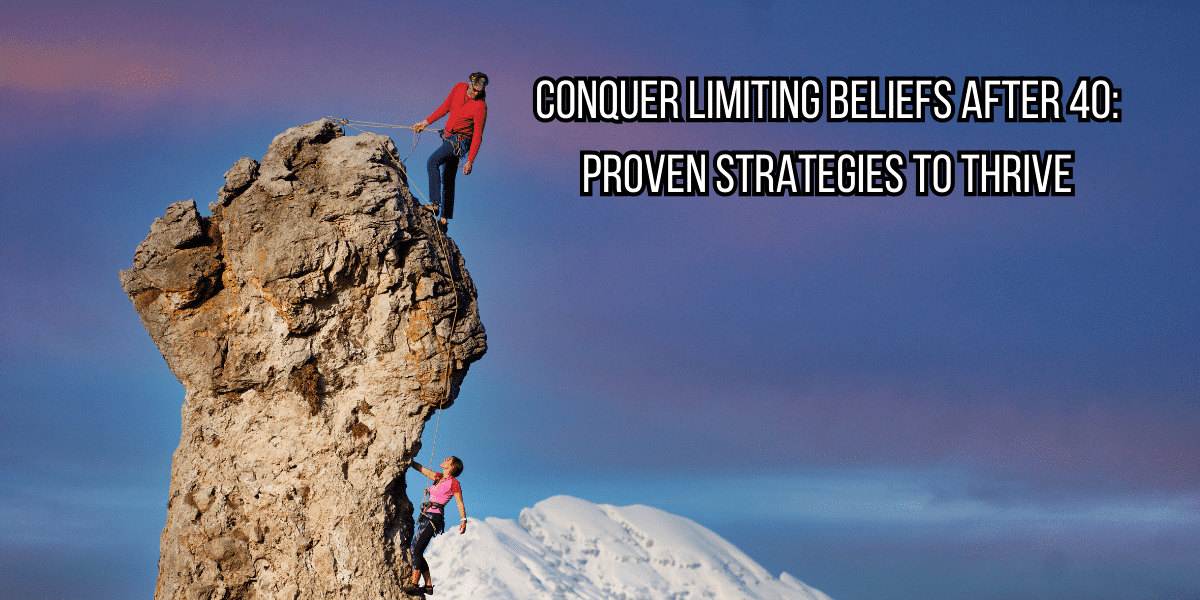Conquer Limiting Beliefs After 40: 17 Proven Strategies to Thrive
- Conquer Limiting Beliefs After 40: 17 Proven Strategies to Thrive
- 1. Belief Examination
- 2. The 5 Whys Technique
- 3. Affirmation Development
- 4. Visualization Techniques
- 5. Flip The Script
- 6. Perspective Shift
- 7. Fear Setting Technique
- 8. Cognitive Behavioral Techniques
- 9. Mindfulness And Meditation
- 10. Limiting Belief Replacement
- 11. Anchoring
- 12. Reframing
- 13. Journaling
- 14. External Feedback
- 15. Challenge Action
- 16. Educational Approach
- 17. Role Play
In our last post, we talked about our mind’s ‘chimp’ and ‘human’ parts. The ‘chimp’ is active when we feel emotional and reactive, while our ‘human’ mode operates in a calmer and more rational way. In this post, we’ll talk about ways to conquer limiting beliefs after 40 by introducing a number of strategies you can use to reshape your limiting beliefs and keep your chimp in check!
Whilst not all these strategies may work or resonate with you, they should give you a starting point to further understand the beliefs that may be holding you back. We believe at least one or more of these strategies will help move you forward toward achieving your full potential.
What have you got to lose? Let’s get going.
1. Belief Examination

The first step to overcoming limiting beliefs is to identify them. Reflect on the beliefs you hold about yourself and your abilities. Determine if they are empowering or limiting. Be honest with yourself and acknowledge which beliefs might be holding you back.
2. The 5 Whys Technique
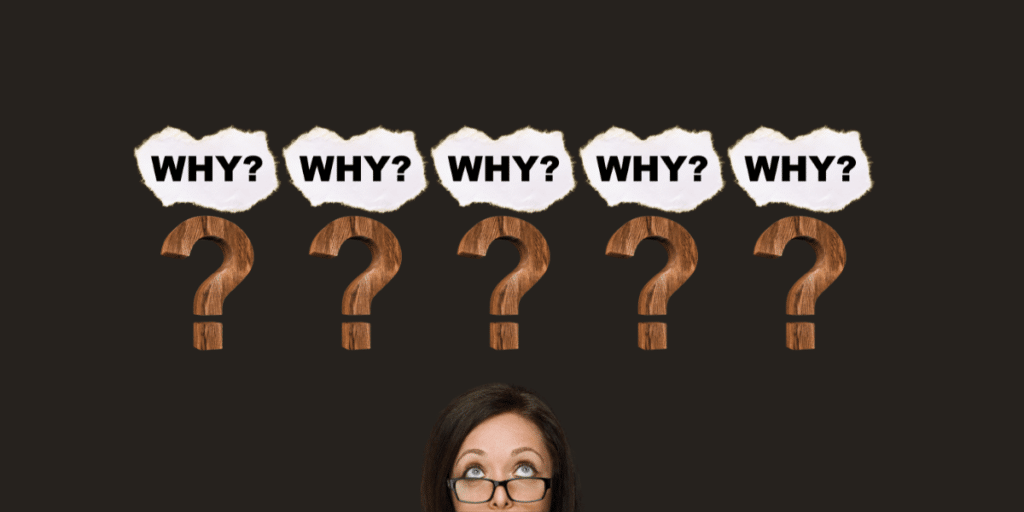
Use the 5 Whys Technique to dig deeper into the roots of your limiting beliefs. Ask yourself why you believe something and continue asking “why” until you reach the core belief. This method can help you understand the underlying reasons behind your beliefs and open the door to replacing them.
How to use the 5 Whys
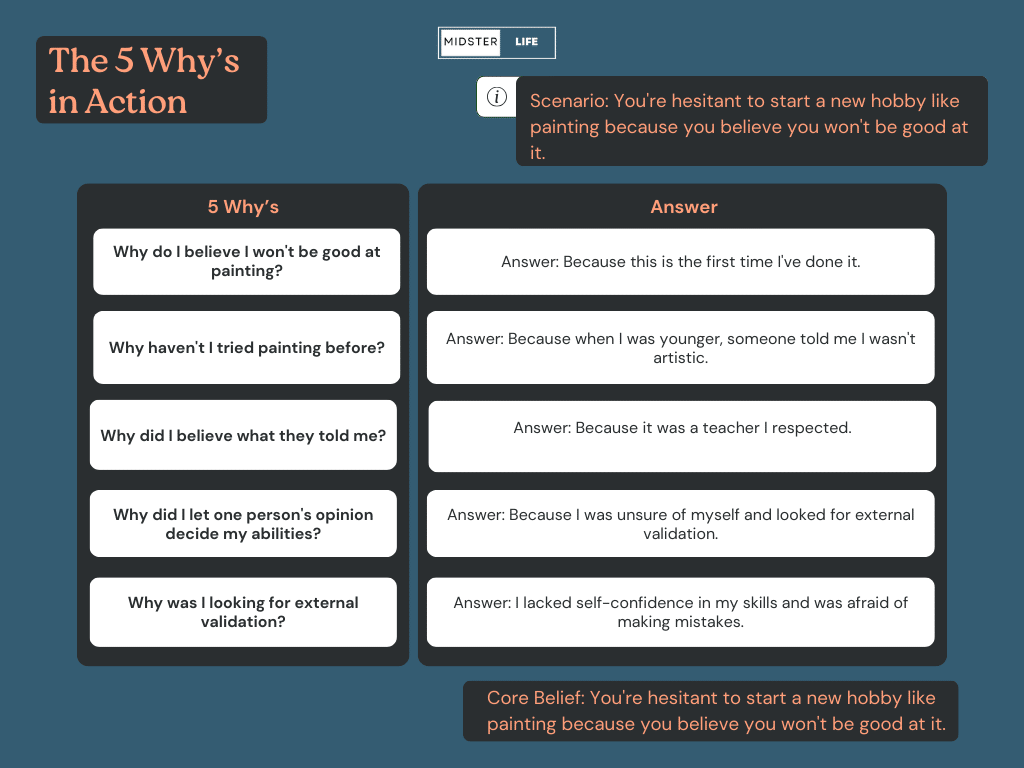
Scenario: You’re hesitant to start a new hobby like painting because you believe you won’t be good at it.
- Why do I believe I won’t be good at painting?
- Answer: Because this is the first time I’ve done it.
- Why haven’t I tried painting before?
- Answer: Because when I was younger, someone told me I wasn’t artistic.
- Why did I believe what they told me?
- Answer: Because it was a teacher I respected.
- Why did I let one person’s opinion decide my abilities?
- Answer: Because I was unsure of myself and looked for external validation.
- Why was I looking for external validation?
- Answer: I lacked self-confidence in my skills and was afraid of making mistakes.
Core Belief: I am afraid of making mistakes and being judged, which makes me avoid trying new things.
3. Affirmation Development

Create positive affirmations to counteract your limiting beliefs. Repeat these affirmations daily to shift your mindset gradually. For example, if you have a limiting belief of “I’m too old to change careers,” replace it with “My experience and wisdom make me a valuable asset in any career.”
4. Visualization Techniques
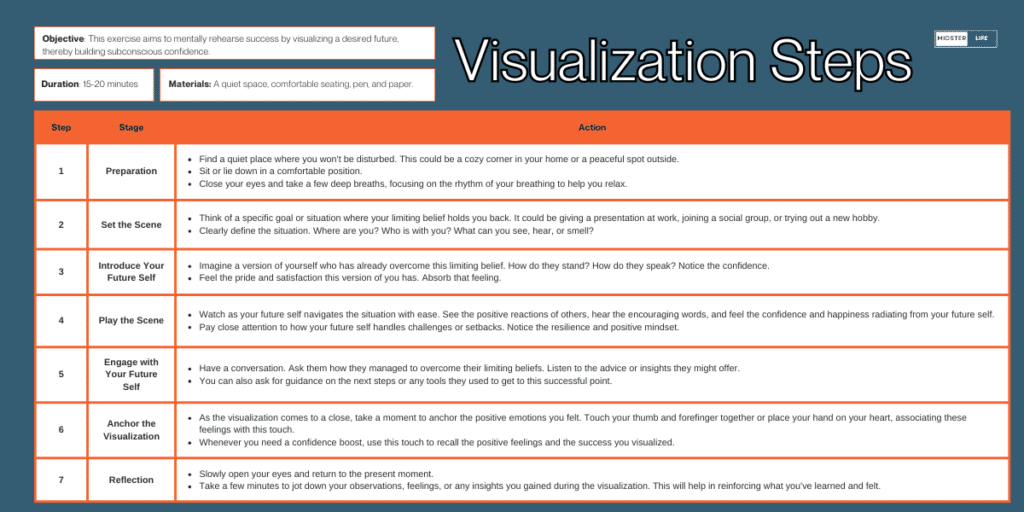
Visualize yourself successfully overcoming your limiting beliefs. Imagine a future where you have achieved your goals and embraced a more empowering mindset. Visualization can help you subconsciously build the confidence and motivation to overcome your limiting beliefs.
How to use Visualization
Objective: This exercise aims to mentally rehearse success by visualizing a desired future, thereby building subconscious confidence.
Materials: A quiet space, comfortable seating, pen, and paper.
Duration: 15-20 minutes
Visualization: Steps to follow:
- Preparation:
- Find a quiet place where you won’t be disturbed. This could be a cozy corner in your home or a peaceful spot outside.
- Sit or lie down in a comfortable position.
- Close your eyes and take a few deep breaths, focusing on the rhythm of your breathing to help you relax.
- Set the Scene:
- Think of a specific goal or situation where your limiting belief holds you back. It could be giving a presentation at work, joining a social group, or trying out a new hobby.
- Clearly define the situation. Where are you? Who is with you? What can you see, hear, or smell?
- Introduce Your Future Self:
- Imagine a version of yourself who has already overcome this limiting belief. How do they stand? How do they speak? Notice the confidence.
- Feel the pride and satisfaction this version of you has. Absorb that feeling.
- Play the Scene:
- Watch as your future self navigates the situation with ease. See the positive reactions of others, hear the encouraging words, and feel the confidence and happiness radiating from your future self.
- Pay close attention to how your future self handles challenges or setbacks. Notice the resilience and positive mindset.
- Engage with Your Future Self:
- Have a conversation. Ask them how they managed to overcome their limiting beliefs. Listen to the advice or insights they might offer.
- You can also ask for guidance on the next steps or any tools they used to get to this successful point.
- Anchor the Visualization:
- As the visualization comes to a close, take a moment to anchor the positive emotions you felt. Touch your thumb and forefinger together or place your hand on your heart, associating these feelings with this touch.
- Whenever you need a confidence boost, use this touch to recall the positive feelings and the success you visualized.
- Reflection:
- Slowly open your eyes and return to the present moment.
- Take a few minutes to jot down your observations, feelings, or any insights you gained during the visualization. This will help in reinforcing what you’ve learned and felt.
5. Flip The Script
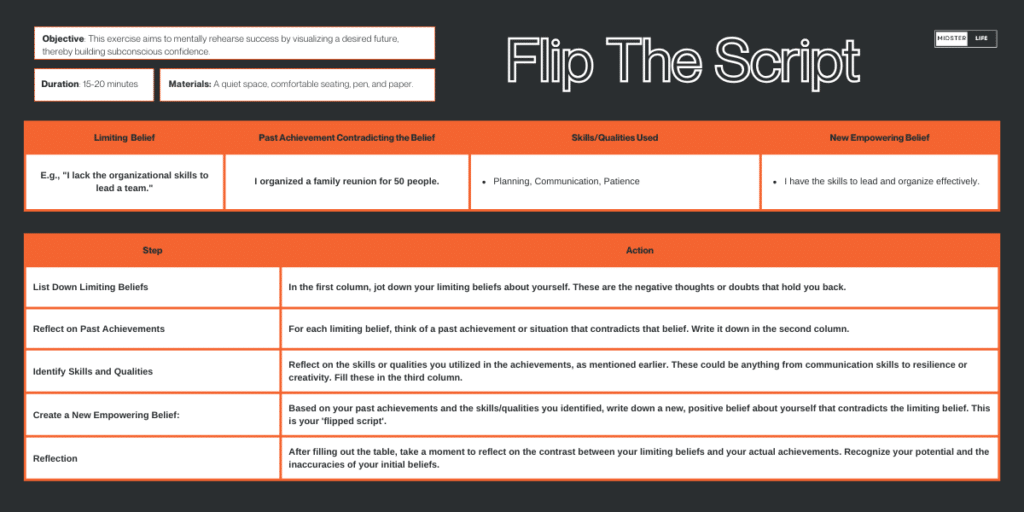
How to use the Flip the Script Technique
Instead of dwelling on your limiting beliefs, consider when you overcame obstacles and achieved success. Reflect on the skills and qualities that contributed to those achievements, and use them as evidence to disprove your limiting beliefs.
Example:
Objective: To identify and counteract limiting beliefs by reflecting on past achievements and the skills or qualities that led to those successes.
Materials: Pen and paper or a digital tool for creating tables.
Duration: 20-30 minutes (or as needed)
Table Structure:
| Limiting Belief | Past Achievement Contradicting the Belief | Skills/Qualities Used | New Empowering Belief |
| E.g., “I can’t lead a team.” | I organized a family reunion for 50 people. | Planning, Communication, Patience | “I have the skills to lead and organize effectively.” |
| … | … | … | … |
| … | … | … | … |
Flip the Script: Steps to Follow:
- List Down Limiting Beliefs:
- In the first column, jot down your limiting beliefs about yourself. These are the negative thoughts or doubts that hold you back.
- Reflect on Past Achievements:
- For each limiting belief, think of a past achievement or situation that contradicts that belief. Write it down in the second column.
- Identify Skills and Qualities:
- Reflect on the skills or qualities you utilized in the achievements, as mentioned earlier. These could be anything from communication skills to resilience or creativity. Fill these in the third column.
- Create a New Empowering Belief:
- Based on your past achievements and the skills/qualities you identified, write down a new, positive belief about yourself that contradicts the limiting belief. This is your ‘flipped script’.
- Reflection:
- After filling out the table, take a moment to reflect on the contrast between your limiting beliefs and your actual achievements. Recognize your potential and the inaccuracies of your initial beliefs.
6. Perspective Shift
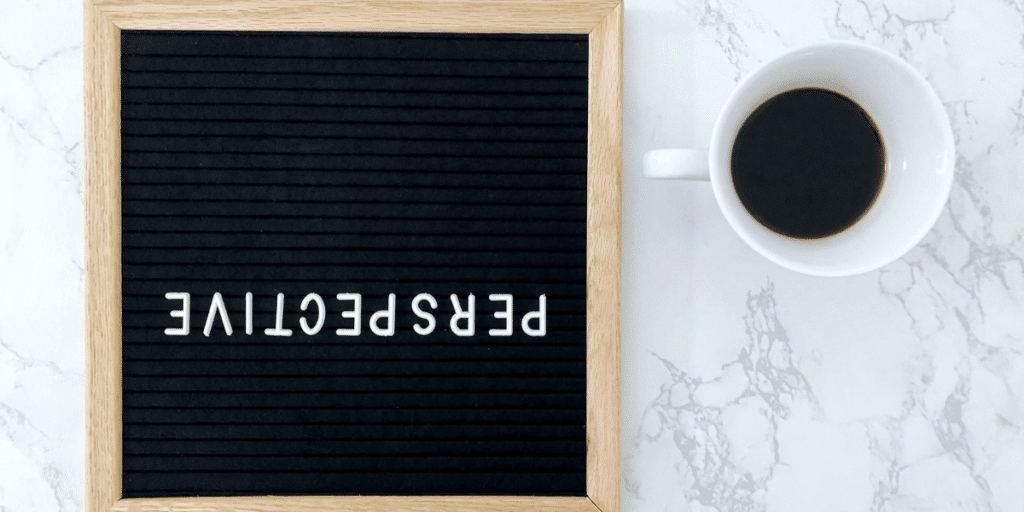
Consider how you would advise a friend with the same limiting beliefs. Offer yourself the same support and encouragement. This shift in perspective can help you see the situation more objectively and adjust your beliefs accordingly.
7. Fear Setting Technique
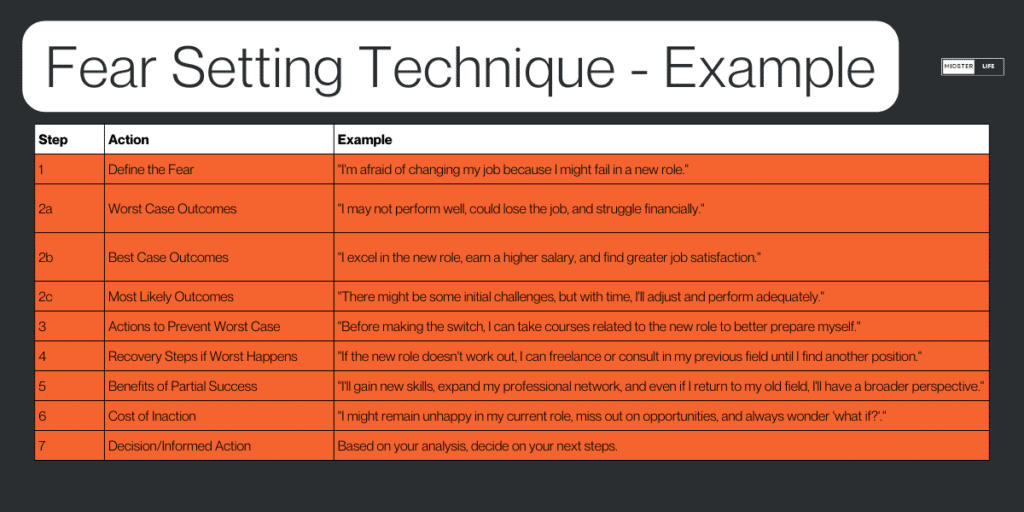
The Fear Setting Technique involves evaluating a decision’s potential risks and benefits and identifying strategies to minimize the risks. You can develop a plan to overcome and address your fears and move forward by recognizing and managing them.
How to use the Fear Setting Technique
Step 1: Define the Fear
- Write down exactly what you’re afraid of.
- Example: “I’m afraid of changing my job because I might fail in a new role.”
Step 2: List Potential Outcomes
- Divide a sheet into three columns: “Worst Case,” “Best Case,” and “Most Likely.”
- In each column, list the potential outcomes of making the change.
- Worst Case: “I may not perform well, could lose the job, and struggle financially.”
- Best Case: “I excel in the new role, earn a higher salary, and find greater job satisfaction.”
- Most Likely: “There might be some initial challenges, but with time, I’ll adjust and perform adequately.”
Step 3: Define Actions to Prevent the Worst Case
- Think of steps you can take to prevent the worst-case scenario or minimize its impact.
- Example: “Before making the switch, I can take courses related to the new role to better prepare myself.”
Step 4: Identify Recovery Steps
- If the worst-case scenario does occur, list down actions you can take to recover.
- Example: “If the new role doesn’t work out, I can freelance or consult in my previous field until I find another position.”
Step 5: List the Benefits of Partial Success
- Even if things don’t go perfectly, what are the positive outcomes of trying?
- Example: “I’ll gain new skills, expand my professional network, and even if I return to my old field, I’ll have a broader perspective.”
Step 6: Assess the Cost of Inaction
- What might happen if you don’t make the change? This helps you weigh the cost of trying versus not trying.
- Example: “I might remain unhappy in my current role, miss out on opportunities, and always wonder ‘what if?'”
Step 7: Take Informed Action
- Based on your analysis, make a decision. Whether you make the change or not, it will be an informed choice grounded in a comprehensive understanding of the risks and rewards.
8. Cognitive Behavioral Techniques

Cognitive Behavioral Therapy (CBT) focuses on identifying and replacing negative thought patterns and beliefs with more positive ones. You can use CBT techniques, such as thought records and cognitive restructuring, to challenge and replace your limiting beliefs with empowering ones.
9. Mindfulness And Meditation

You can develop greater awareness and acceptance of your thoughts, emotions, and beliefs through mindfulness and meditation. By cultivating this awareness, you can recognize and replace your limiting beliefs with more constructive ones.
10. Limiting Belief Replacement
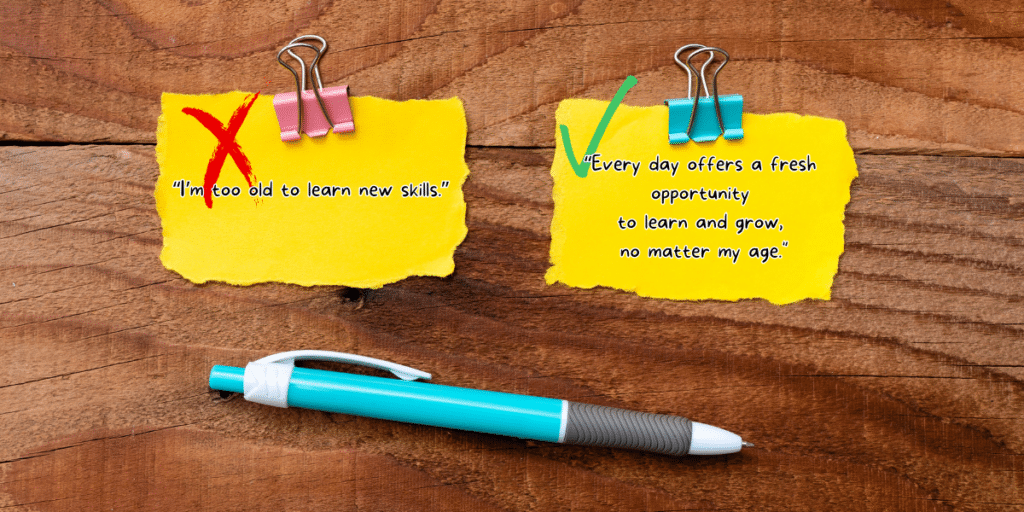
Once you’ve identified a limiting belief, replace it with a more empowering one. Set specific goals related to the new belief and take action toward achieving them. This process will help you build evidence to support the empowering belief and disprove the limiting one.
11. Anchoring
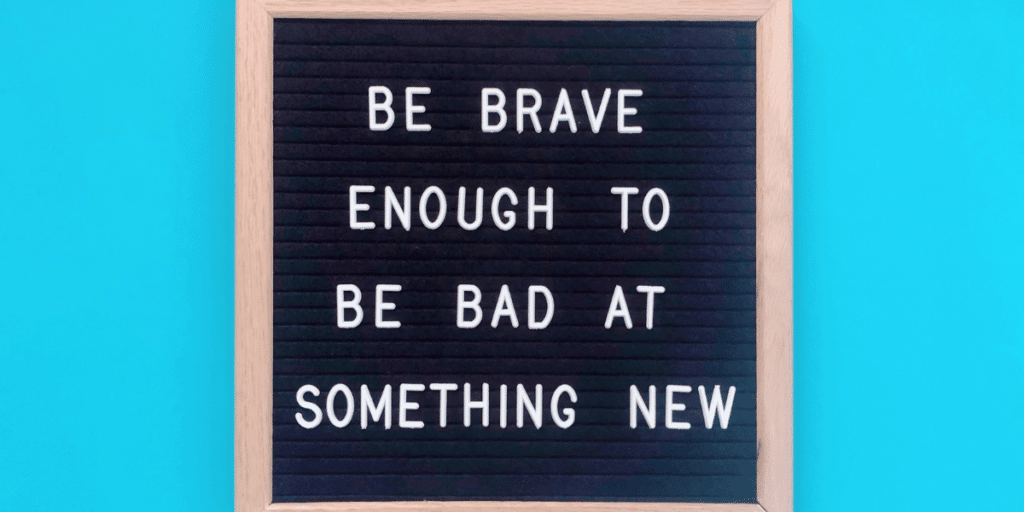
Establish anchors to help you maintain a positive mindset and reinforce empowering beliefs. These could be physical reminders, such as a motivational quote or picture, or a mental image that brings positive emotions.
12. Reframing
Reframe your limiting beliefs by seeing them from a different perspective. Instead of viewing them as insurmountable obstacles, see them as opportunities for growth and learning.
13. Journaling

Document your thoughts, beliefs, and experiences in a journal. This practice can help you gain insight into your limiting beliefs and track your progress as you work toward replacing them.
14. External Feedback
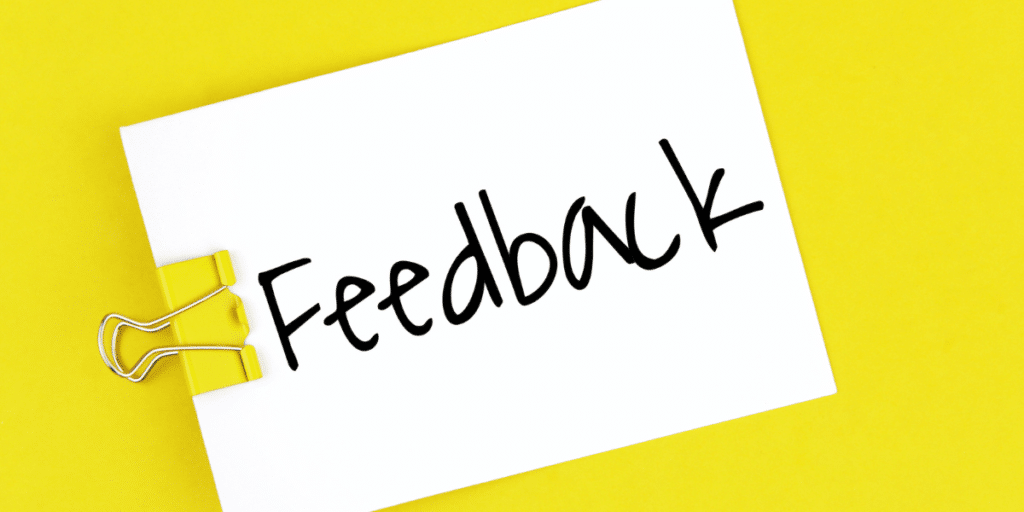
Seek feedback from trusted friends, family, or professionals to gain an outside perspective on your beliefs. They may offer insights or share their experiences, which can help you challenge and overcome your limiting thoughts.
Try to structure the way you ask for the feedback to make it easy for the person you are asking and also ensure you get specific, valuable feedback.
For example:
- “Can you share a time when you’ve seen me exhibit strengths that counter my self-doubt?”
- “Do you think my belief about [specific limiting belief, e.g., ‘not being a good public speaker’] matches how you perceive me? Why or why not?”
- “Have you ever held a similar belief about yourself? If so, how did you work through it or change your perspective?”
- “What strengths or qualities do you see in me that I might be overlooking or underestimating?”
- “If you were in my shoes and held this belief, how would you challenge or confront it? Do you have any strategies or advice to share?”
15. Challenge Action
Set small, manageable goals that align with your new empowering beliefs. Tackle these challenges and celebrate your successes along the way. Each accomplishment will help to reinforce your new, more constructive beliefs.
Example:
Imagine you’ve always felt you can’t run a mile because you believe you’re ‘not athletic.’ Instead of diving straight into that mile, start by jogging for just five minutes every day. As the days pass, you’ll see you can do more than you thought. Maybe after a while, you jog for ten minutes, then fifteen. Before you know it, you’re running that mile!
Every time you achieve these small goals, you’re proving that old belief wrong. Celebrate these wins, whether that’s a pat on the back, a treat, or just a happy dance. Each success not only brings joy but also strengthens your new belief: ‘I can do this!’ Over time, these moments pile up, turning your once limiting belief into a powerful, positive force in your life.”
16. Educational Approach

Study and learn from others who have overcome similar obstacles or limiting beliefs. Read books, articles, or podcasts sharing their experiences and strategies for success.
17. Role Play
Act out scenarios where you confront and overcome your limiting beliefs. This can help build confidence and reinforce the idea that you can change and grow.
Our minds, laden with beliefs, are like intricate tapestries woven over time. Whether empowering or limiting, these beliefs significantly influence our thoughts, behaviors, and, ultimately, our life paths. Armed with the abovementioned strategies, we are better equipped to untangle limiting beliefs and weave in new, empowering threads. The dance between the ‘chimp’ and ‘human’ elements of our psyche continues. Still, we can lead this dance towards growth, self-acceptance, and unbridled potential with conscious effort. Remember, the journey to overcome deep-seated beliefs is ongoing. Still, we draw closer to our authentic selves with each positive step.

